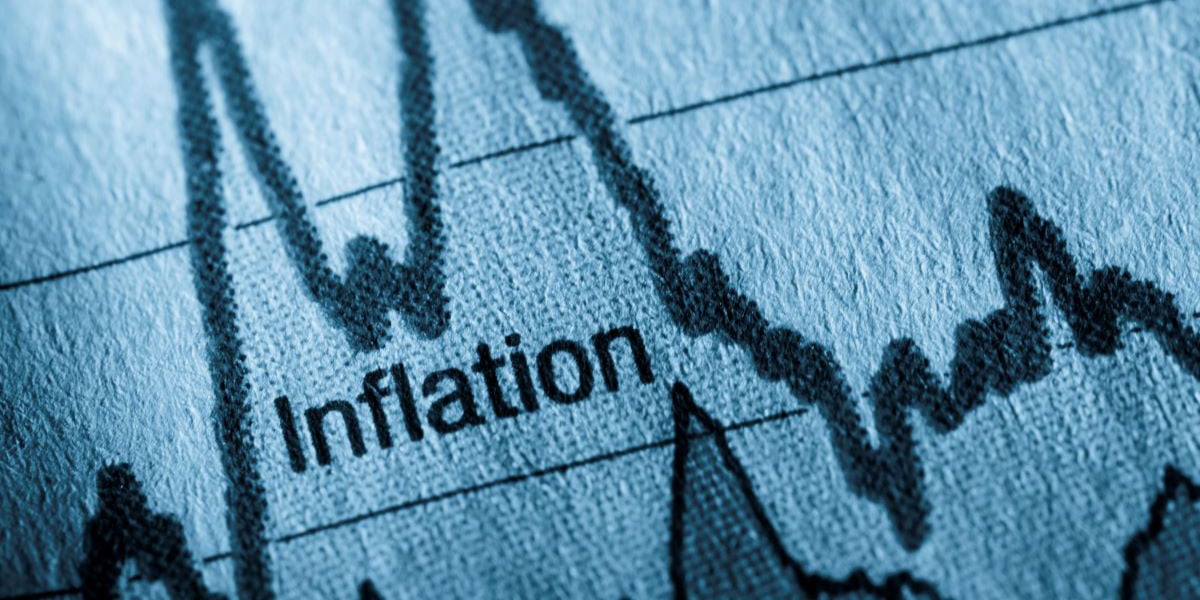Download the PDF

In line with market expectations, US inflation for July pushed higher by just 0.17% (2.0% annualised), even though the 12-month change was 20bps higher at 3.2% due to base effects. The monthly increase was broad based, with modest increases in food, energy and core rates of inflation, indicative that the US is now approaching a normalisation in inflation rates. Importantly, the annual rate of core inflation continued its grind lower, shifting down to 4.7% from 4.8%, maintaining its downward trend of a year ago, when core inflation peaked at 6.6%. As a consequence, there was little market response to the CPI data release (although long term US bond yields rose following an unrelated weak 30-year US government bond auction).
The sensitivity to market perceptions of inflation risk, and the expected response by the US Federal Reserve (Fed) has dominated market volatility since the June quarter of 2022. At that time, the impact of the Ukraine/Russia war drove inflation rates through an annual rate of 5%, destroying the transitory inflation narrative of central banks. Anticipating the need for central banks to tighten monetary policy, bond markets reacted with US 10-year real yields rising from an historically low -1.0%, to 1.7% by September last year.
The unprecedented rise in real interest rates, combined with a deteriorating growth outlook, finally snapped equity markets from their initial post-Covid recovery. As a result, the US equity market entered a bear market as the S&P 500 fell by 23% from March to September of 2022.
The rout in equity markets also coincided with a momentary loss of investor confidence in the Fed’s ability to control inflation. Through the period from mid-March to mid-June 2022, US 10-year inflation expectations (that is the average rate of inflation expected by financial market participants) rose to 3%, a full percentage point higher than the Fed’s target rate of 2%.
A determined commitment by the Fed to fighting inflation, even if at the expense of economic growth and employment, swiftly restored market confidence that the Fed would eventually bring inflation under control and inflation expectations receded back towards the 2% mark of the Fed’s target; a level that inflation expectations have maintained through to current times. Where does this leave us now?
It could be argued that, banking crises notwithstanding, the Fed has won over the market in convincing them that they have inflation under control. Nominal and real bond yields and break-even inflation (the traded financial instrument from which we infer inflation expectations) have traded in a fairly tight range since December of last year.
Equity markets have rallied from their 2022 sell off, to be up 16% year to date. So, is everything all right in the world and can Covid now be consigned to the dustbin of history? We believe not. The onset of Covid signalled the end of a rally in bond markets stretching back to the early 1980s and the yields of 0.7% and -1.1% for 10-year nominal and real bonds yields, respectively, will prove to be the low points in this historically unique multi-decade cycle.
What level of yields can we expect going forward? Both nominal and real 10-year US bonds have been trading over the last year, at yields about 1 percentage point higher on average than the average yield in the decade between the GFC and Covid.
Nominal yields of 3.7% and real yields of 1.4%, seem to us better aligned with the US economy’s potential for nominal economic growth of just under 4%, than yields of 2.4% and 0.4% (which were the inter-shock levels of nominal and real 10-year bond yields). Hence, we can expect on average a higher interest rate environment over the coming decade than we experienced over the past decade.
Where does this leave equities? The rise in the interest rate regime will lift the required return to equity investment and, hence, lower the price/earnings (PE) multiples consistent with fair value. Certainly, a PE multiple closer to 17 as opposed to current market pricing of 19 (based on IBES earnings 12-month forward expectations) is, in our view, consistent with fair value for the S&P 500 and with the associated downside to equity prices that such a correction in PE levels implies.

